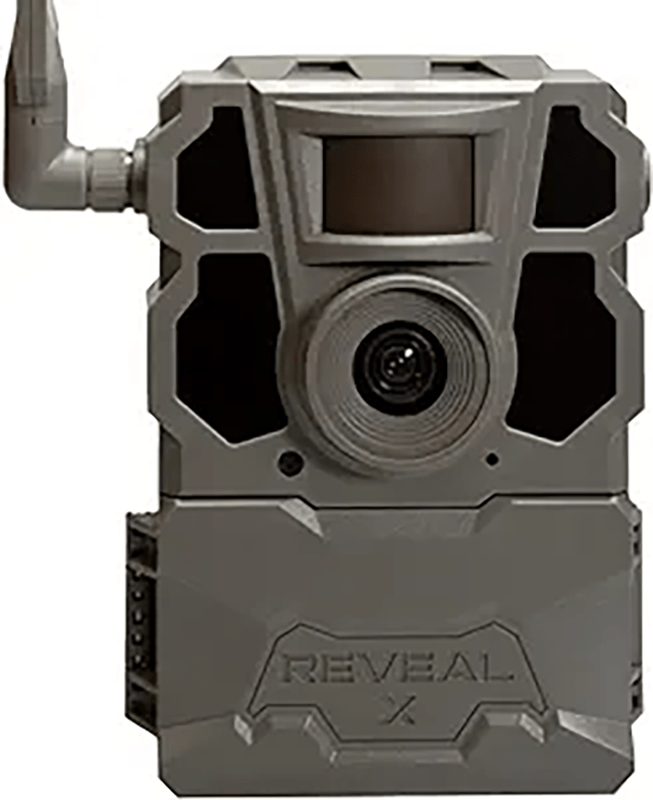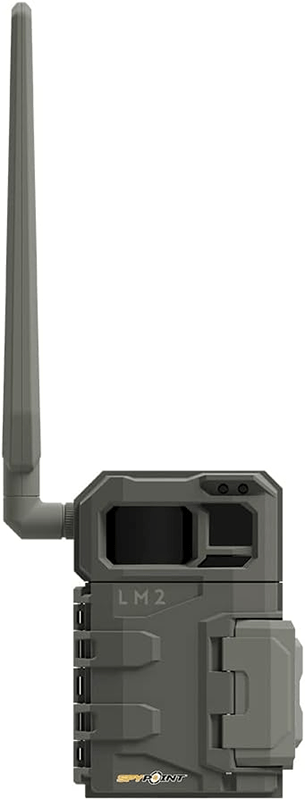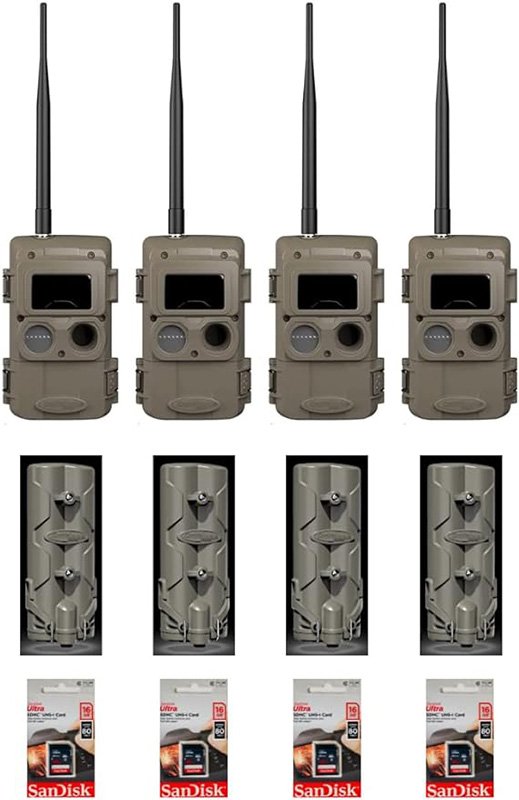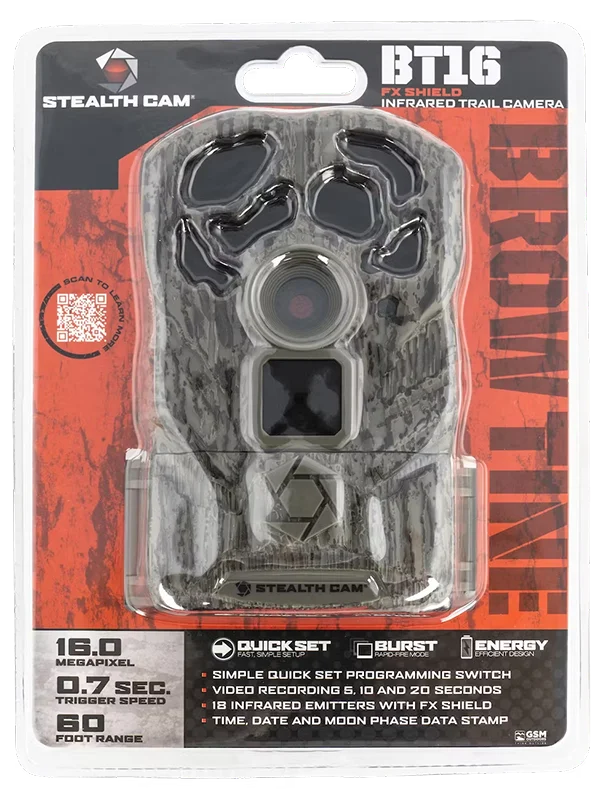Here Are the Best Trail Cameras to Keep Tabs on Wildlife
We would all love to spend every day enjoying the outdoors, but life has a way of calling us back into the office more often than we might like. Fortunately, there’s a way to keep tabs on our animal neighbors even when we can’t see them in person—wildlife cameras.
Videos by Outdoors
Trail cameras act as a second set of eyes that never sleep and never blink. When used wisely, they can help you understand wildlife movement and behavior on a level you might otherwise never achieve.
Even if you’re not studiously analyzing animal behavior, trail cameras can still be a fun and educational tool. What left those tracks in your yard? Who keeps sneaking treats from your garden? Having a silent eye monitoring your property is one way to find out.
Here are some of the best trail cameras to watch wildlife. Let’s dig into the details and figure out which is the best trail camera for you.
Best Trail Cameras to Watch Wildlife
Best Overall: TACTACAM Reveal X Gen 2.0

When I talked to a few of my buddies with years of experience using trail cameras, they agreed that the TACTACAM Reveal X is the way to go for most people interested in trail cameras. This second-generation version packs some nice upgrades that make it a versatile trail camera that can get you up and running in no time.
The 16-megapixel camera captures images of animals up to 96 feet away with a very quick 0.5-second trigger time (the delay between detecting movement and snapping a photo). After dark, the Reveal X Gen 2.0 uses a low-glow infrared LED to illuminate the subject area without disturbing wildlife.
You can power the TACTACAM Reveal X Gen 2.0 with 12 AA batteries or a rechargeable battery pack, but I recommend buying a solar panel if your budget and lighting conditions allow. The battery pack allows you to run the camera indefinitely without burning through disposable batteries or waiting for the lithium pack to charge.
The TACTACAM Reveal X Gen 2.0 can operate on either the AT&T or Verizon network to deliver images and videos to the app. Select the network with the best service in your area rather than the one you use for your cell plan. TACTACAM data plans start at $5 a month for one camera and 250 photos.
Best for Beginners: SPYPOINT LM2

If you’re new to trail cameras, the SPYPOINT LM2 makes it easy to get started. You can get one camera for less than $100 (or save more if there’s a sale) and get images sent to your phone free of charge.
This 20-megapixel camera is competitive with some of the best out there. A detection range of 90 feet is plenty, and the 0.5-second trigger time is right on par with trail cameras that cost significantly more.
SPYPOINT cameras deliver images to the company’s server through cellular networks, then you can access them through the app and your cellular network or wifi connection. Choose from a nice range of paid data plans, or get started with a free option that gives you access to 100 photos per month at no charge.
“SPYPOINT has always been committed to offering [. . .] cameras that are affordable, easy to use, and reliable,” the general manager of SPYPOINT said. “Combine that with our plan offerings, including a free option [. . .] SPYPOINT has a solution that works for you.”
Best Premium: CuddeBack CuddeLink

If money is no object, you can set yourself up with a top-of-the-line setup from CuddeBack and monitor large properties with CuddeLink cameras. This route will cost you a bundle, but there’s a reason people love CuddeLink.
By the spec sheet, it’s hard to beat these trail cameras. They boast a 100-foot detection range with seven sensitivity settings so you can fine-tune the photos each camera takes (goodbye, pictures of branches blowing in the breeze). You can choose from cameras with low-glow or no-low IR illumination. A trigger time of 0.25 seconds means you’ll catch action other cameras miss.
CuddeLink cameras can transmit images via cellular networks, but they can also act as independent relays and pass photos from one to another until they reach the camera you designate as a base station. This is called the CuddeLink SD network, and it’s a fantastic way to reach remote places where cell service is unreliable or nonexistent. There is no charge for using CuddeLink SD.
Best Budget: Stealth Cam Browtine

The Stealth Cam Browtine is the least expensive trail camera here, but don’t confuse that with being cheap, because it packs a lot of value. Dollar for dollar, this is probably the best way to watch wildlife with a trail camera.
The Browtine’s 0.8-second trigger time is a little slow, and this trail camera doesn’t reach as far as our other picks with a 60-foot range. On the flip side, you’ll get a 16-megapixel camera that takes nice photos and low-glow IR illumination for capturing nighttime activity.
Stealth Cam data plans start at $5 per month. If you want to squeeze the most value out of this budget pick, download the photos directly from the SD card yourself without a data plan. That will give you another excuse to get outside and take a walk, too.
Best for Birdwatching: Bird Buddy

Trail cameras are the best way to observe animals like deer, coyotes, and bobcats from your house, but there’s a better option for bird lovers. If you want unparalleled access to the songbirds outside your house, the Bird Buddy is almost too good to be true.
This bird feeder comes with a five-megapixel camera that snaps close-up pictures of the birds who come to eat, then sends them to an app on your phone so you never miss a visitor. It’s weather-resistant and comes with a rechargeable battery. You can also buy your Bird Buddy with a solar panel so it charges every time the sun is out.
This is actually the most expensive camera here, but you probably won’t mind once you start getting portraits of colorful songbirds delivered from your yard to your phone every day.
Source: https://outdoors.com/best-trail-cameras-to-watch-wildlife/







